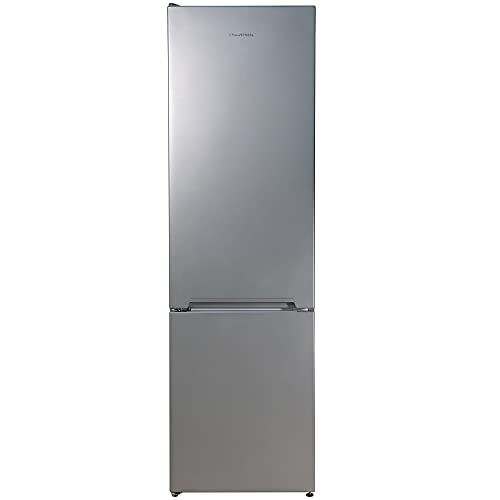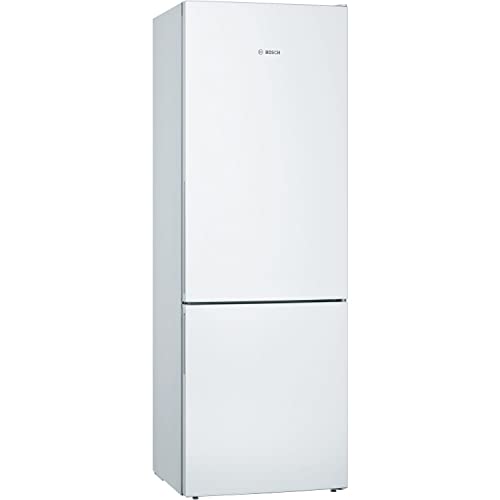
Fridges Uk
Add a review FollowOverview
-
Founded Date December 16, 1903
-
Sectors Health Care
-
Posted Jobs 0
-
Viewed 15
Company Description
The Little-Known Benefits Fridges And Freezers
Understanding Fridges and Freezers: The Essential Kitchen Appliances
Refrigerators and freezers are two of the most important home appliances in modern-day cooking areas. These home appliances serve a crucial role in food conservation and waste reduction by making sure that disposable items stay fresh and safe for usage. This article dives into the various kinds of fridges and freezers, their functionalities, and essential considerations for choice and maintenance.
Types of Refrigerators
The marketplace offers a variety of refrigerator types, each created to meet different consumer needs. Below is a list of the most common types of fridges:
-
Top-Freezer Refrigerators
- Most common type.
- Freezer compartment is situated above the refrigerator section.
- Typically more affordable and energy-efficient.
-
Bottom-Freezer Refrigerators

- Freezer is situated at the bottom.
- Allows simpler access to fresh items at eye level.
- Often includes pull-out drawers for much better organization.
-
Side-by-Side Refrigerators
- Refrigerator and freezer areas are adjacent.
- Perfect for narrow kitchens and permits easy access to both compartments.
- Frequently comes with water and ice dispensers.
-
French Door Refrigerators
- Integrates a bottom freezer with double doors at the top.
- Deals ample storage and stylish styles.
- Often consists of features like temperature-controlled drawers.
-
Compact Refrigerators
- Smaller size suitable for minimal spaces.
- Frequently utilized in dormitory rooms, studio apartments, or as secondary fridges.
Table 1: Comparison of Refrigerator Types
| Type | Advantages | Downsides | Typical Size |
|---|---|---|---|
| Top-Freezer | Budget-friendly, energy-efficient | Less practical access to the freezer | 14-30 cu. ft. |
| Bottom-Freezer | Easier access to fresh food | Freezer can be harder to arrange | 19-30 cu. ft. |
| Side-by-Side | Easy access, water/ice dispenser | Narrow vs. storage area | 22-30 cu. ft. |
| French Door | Stylish, roomy, organized | More pricey | 20-30+ cu. ft. |
| Compact | Space-saving, portable | Limited storage | 1.7-5.5 cu. ft. |
Types of Freezers
Freezers are an equally crucial home appliance for food conservation. They come in various designs developed to fit various family needs. Consider the following types:
-
Upright Freezers
- Operate like a standard refrigerator with vertical storage.
- Simpler to organize with shelves and compartments.
-
Chest Freezers
- Big, horizontal style usually providing more storage area.
- Maintains temperature levels much better during power outages.
- More energy-efficient than upright models.
-
Portable Freezers

- Compact systems ideal for outdoor activities or little areas.
- Typically used for camping journeys or as temporary storage.
Table 2: Comparison of Freezer Types
| Type | Advantages | Drawbacks | Common Size |
|---|---|---|---|
| Upright Freezer | Much easier where to buy fridge freezer organize | Less energy-efficient, more floor area | 5-20 cu. ft. |
| Chest Freezer | Holds more items, energy-efficient | Harder to organize | 5-25 cu. ft. |
| Portable Freezer | Compact and versatile | Restricted storage capability | 1-10 cu. ft. |
Key Features to Consider
When picking a fridge or freezer, customers need to bear in mind several features that can improve functionality:
- Energy Efficiency: Look for models with the ENERGY STAR accreditation to minimize electrical power costs.
- Storage Capacity: Evaluate storage requirements based upon household size and consuming practices.
- Temperature Control: Some devices use digital controls for precise temperature level settings.
- Adjustable Shelving: Customizable shelving permits optimal company.
- Water and Ice Dispenser: Offers benefit but can use up valuable space inside.
- Noise Level: Sound ratings can influence convenience, particularly in open-concept homes.
Benefits and drawbacks of Having a Fridge and Freezer
While fridges and freezers are essential innovations, they likewise have certain benefits and downsides:
| Pros | Cons |
|---|---|
| Maintain food lifespan and decrease waste | Need regular maintenance |
| Allow bulk buying and meal prepping | Can be expensive to buy and run |
| Deal convenience and quick access to food | Occupy substantial kitchen area space |
Maintenance Tips
To make sure durability and optimum performance of fridges and freezers, think about the following maintenance suggestions:
- Regular Cleaning: Clean the exterior and interior periodically to prevent accumulation of dirt and bacteria.
- Inspect Seals: Inspect door seals regularly for leaks to preserve efficiency.
- Temperature Settings: Keep the fridge at 34-38 ° F and the freezer at 0 ° F for ideal food conservation.
- Thaw as Needed: Chest freezers ought to be thawed frequently to preserve performance.
- Clear Air Vents: Ensure that air flow isn’t blocked to improve energy performance.
FAQs About Fridges and Freezers
Q1: How long can food be saved in a freezer?A: Most foods can be kept in a freezer for numerous months. Meats and poultry frequently last 4-12 months, while veggies can last approximately 8-12 months.
Q2: How often should I clean my fridge and freezer?A: It is advisable to clean your fridge and freezer every 3 to 6 months, or as needed when spills occur. Q3: Can I put hot food straight in the fridge?A: It is recommended to cool hot food to space temperature level before putting it in the fridge to prevent
raising the temperature level inside the appliance. Q4: Why is my fridge running constantly?A: This could be due to a malfunctioning thermostat, blocked coils, or door seals that aren’t working correctly. Fridges and freezers are invaluable
possessions to modern homes, providing necessary services for food storage and conservation.
Understanding the various types, functions, and upkeep requirements can assist consumers select the right home appliances for their requirements and maximize their functionality. Welcoming energy-efficient designs not just supports sustainable practices but likewise contributes to substantial cost savings on utility costs, making notified options more important than ever.

